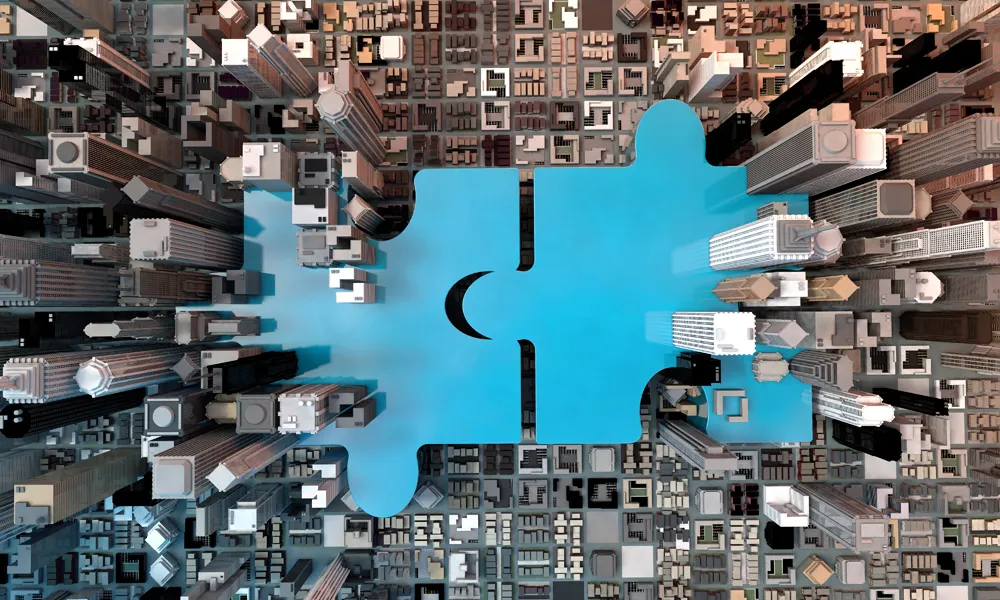PHH Arval has partnered with ZoomSafer to create what is being claimed as the fleet industry’s first smartphone application that detects when employees are driving and automatically encourages safe smartphone use.
March 23, 2012
Read time: 1 min
PHH 992 Arval has partnered with 2270 ZoomSafer to create what is being claimed as the fleet industry’s first smartphone application that detects when employees are driving and automatically encourages safe smartphone use.
“It’s really very simple – employee texting, emailing and browsing while driving leads to increased crashes and creates safety hazards on the road,” said George Kilroy, president and CEO, PHH Arval, one of North America’s leading providers of fleet management services. “We partnered with ZoomSafer to deliver iNmotion in direct response to customers seeking solutions to improve the safety of our roads.”
ZoomSafer created the iNmotion software application for the4275 Blackberry or 1812 Android smartphones to detect when employees are driving and automatically enforce company cell phone policy. For example, it can restrict the use of cell phones except emergency calls, restrict drivers to ‘hands-free mode’ when making and receiving calls, and send automated responses that the driver is unavailable via text message or email.
“It’s really very simple – employee texting, emailing and browsing while driving leads to increased crashes and creates safety hazards on the road,” said George Kilroy, president and CEO, PHH Arval, one of North America’s leading providers of fleet management services. “We partnered with ZoomSafer to deliver iNmotion in direct response to customers seeking solutions to improve the safety of our roads.”
ZoomSafer created the iNmotion software application for the









